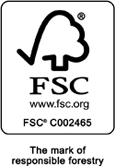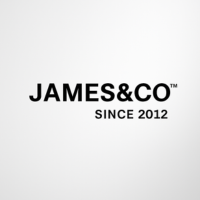About Washable Paper Textile
Washable paper leather-look fabric is plant-based and crafted to mimic the look of leather while being eco-friendly, lightweight, and strong. It’s an ideal alternative to traditional leather and plastic-based vegan leathers. In fact, washable paper has been described as '...the beloved vegan leather alternative...'
It all started with regular kraft paper, first created in the late 19th century in Germany. Made using the kraft process, which transforms wood into wood pulp, kraft paper emerged as a thick, brown, and sturdy material perfect for packaging and crafting.
Advances in material science led to the introduction of washable paper, blending cellulose fibers with non-toxic bonding agents to enhance flexibility and water resistance. Washable paper is now a durable, pliable material that can withstand washing and repeated use, making it ideal for a variety of products. And a game-changer as an alternative in fashion and lifestyle products to real leather, toxic vegan leather polyurethane (PU) and plastic.
It seems fair to say that the material 'washable paper' really does not have a name - rather it is called a number of names due to its derivation and materials. Due to its materials and background, there are other names that washable paper goes by including cellulose paper, cellulose material, cellulose fiber, Kraft Tex, kraft paper texture faux leather fabric, washed kraft paper, and various adaptations of those.
Significant features of washable paper as a textile for retail products are:
- Durability: unlike traditional paper, washable paper resists tearing and deformation, even when exposed to water or wear.
- Versatility: its adaptability allows designers to craft everything from sleek fashion bags to practical grocery totes, appealing to diverse consumer needs.
- Sustainability: made primarily from natural fibers, washable paper aligns perfectly with the global shift toward environmentally responsible materials, offering a plastic-free alternative.
- Biodegradability: Iis natural components make it biodegradable and recyclable.
- Unique aesthetic: its natural, leather-like texture combines modern minimalism with a touch of eco-luxury, setting it apart in the fashion and lifestyle sectors.
Washable paper is accredited by the Forestry Stewardship Council (FSC) and Oeko-Tex, with no harmful substances used during production.

A product that is "FSC certified" means it has been certified under the FSC system. FSC stands for 'Forest Stewardship Council', which is a global not-for-profit organisation. The FSC goal is to protect forests for future generations. The Council does so by setting standards for “responsibly managed forests that offer environmental, social, and economic benefits.”
The FSC's “tick tree” logo showing above is used on timber and other wood products labels to indicate whether the standards have been met. The FSC logo on a label is intended to provide supplier and consumer confidence that you are not contributing to the destruction of the world’s forests.
As consumers continue to prioritize sustainability, washable paper is set to play a pivotal role in reshaping the retail industry and beyond. Its potential to replace traditional materials like synthetic leather and single-use plastics makes it an essential part of the shift toward a zero-waste lifestyle.
Retailers and manufacturers who embrace washable paper products are positioning themselves at the forefront of sustainability. As customers actively seek plastic-free alternatives, these products are proving to be a profitable addition to retail inventories.Market studies suggest that sales of washable paper goods are expected to grow by 15% annually over the next decade.
This fabric ensures that James&Co products made with made with washable paper are stylish, aligned with eco-friendly values and present a great opportunity for retailers.
